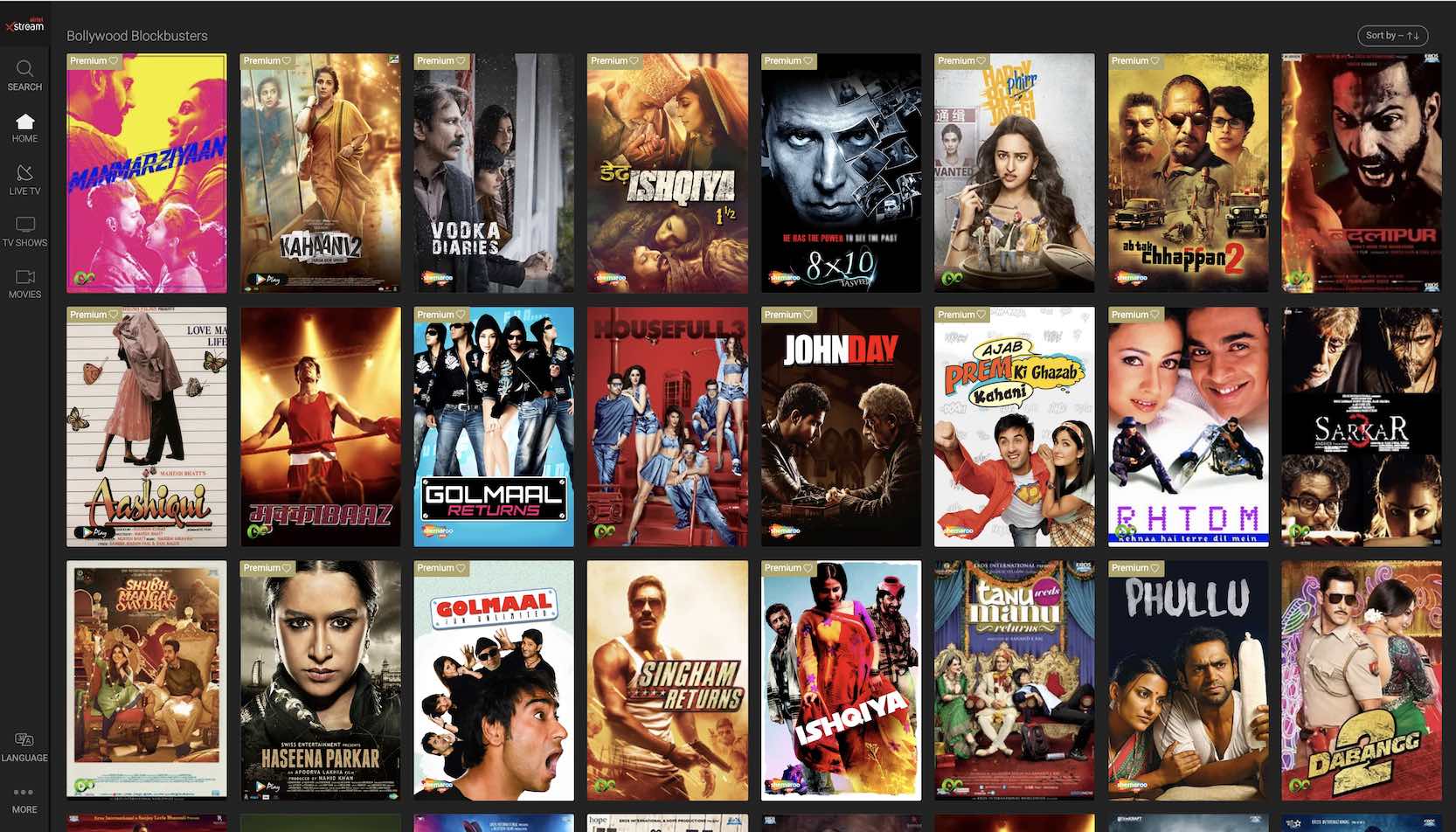The Evolution of Watching Movies Online: A comprehensive Guide

In the digital age, the way we consume entertainment has undergone a dramatic transformation. Gone are the days of waiting in line at series online movie theater or rushing home to catch a show on television. Today, with just a few clicks, we can access a vast library of films and Tv shows right from the comfort of our own homes. The rise of online streaming platforms has revolutionized the entertainment industry, making it easier than ever to watch movies online. In this comprehensive guide, we’ll explore the evolution of watching movies online, from its humble beginnings to its current status as a dominant force in the entertainment landscape. The concept of streaming media over the internet dates back to the early 2000s when internet speeds began to increase, and technology advanced to the point where it became feasible to transmit video content online. Services like Netflix and Hulu emerged as pioneers in the field, offering subscribers the ability to stream movies and Tv shows directly to their computers.
However, in the early days, the selection was limited, and streaming quality was often poor due to bandwidth constraints. Users had to contend with buffering issues and low-resolution video, making the experience far from ideal. Despite these challenges, the convenience of being able to watch content on-demand, without the need for physical media, was a game-changer. As technology continued to improve and internet speeds became faster and more reliable, online streaming services saw explosive growth. Companies like Netflix, Amazon Prime Video, and Disney+ invested heavily in original content and struck deals with major studios to expand their libraries. This resulted in a vast selection of movies and Tv shows available to subscribers for a monthly fee. The introduction of subscription-based models revolutionized the way we consume entertainment, giving users unprecedented access to a diverse range of content at an affordable price. With the rise of smart Tvs, streaming devices, and mobile apps, watching movies online became more accessible than ever, allowing users to enjoy their favorite films and shows on any device, anytime, anywhere.
As the popularity of online streaming soared, competition among streaming services intensified. New players entered the market, including Apple TV+, HBO Max, and Peacock, each vying for a piece of the growing streaming pie. This led to an influx of original content and exclusive deals as platforms sought to differentiate themselves and attract subscribers. The proliferation of streaming services gave rise to the phenomenon known as the “streaming wars, ” with companies battling for dominance in an increasingly crowded market. This competition has been both a boon and a challenge for consumers, as it has led to an abundance of choices but also fragmented content libraries and rising subscription costs. While legitimate streaming services have flourished, piracy remains a persistent issue in the world of online entertainment. Illegal streaming sites and torrenting platforms continue to attract users looking to access copyrighted content for free. This not only deprives content creators of revenue but also poses risks to users, who may unwittingly expose themselves to malware and other security threats.
Efforts to combat piracy have included legal action against pirate sites, as well as technological measures such as digital rights management (DRM) and watermarking. However, despite these efforts, piracy remains a significant challenge for the industry, highlighting the ongoing struggle to balance access and affordability with copyright protection. Looking ahead, the future of watching movies online appears to be bright. Advances in technology, such as 5G networks and improved video codecs, promise to deliver even higher-quality streaming experiences with faster load times and smoother playback. Additionally, innovations in virtual reality (VR) and augmented reality (AR) could further transform the way we consume content, immersing viewers in virtual worlds like never before. Furthermore, the COVID-19 pandemic has accelerated the shift towards online streaming, as lockdowns and social distancing measures forced theaters to close and audiences to seek alternative forms of entertainment. As a result, streaming services experienced a surge in subscribers and viewership, cementing their status as indispensable platforms for entertainment consumption.
In conclusion, the evolution of watching movies online has been nothing short of revolutionary. From humble beginnings as a novelty to becoming a dominant force in the entertainment industry, online streaming has reshaped the way we consume content, offering unparalleled convenience and choice to audiences around the world. As technology continues to advance and consumer preferences evolve, one thing is clear: the era of streaming is here to stay.
Leave a Comment